One of the most common questions is, what is network cabling, and why is it so important? Networking is a system that enables computer systems to function. It is nothing but the transport of electrical wire or cable within and over a structure to various computer systems. It also refers to the supporting materials used to bind electrical cables or wire segments on a large area network (LAN). The cables are bundled together in bundles of twelve or more, and these bundles are further connected through metal conduit, fiber optic cable, coaxial cable, or electrical wiring.
Table of Contents
What Are Network Cables Used For?
From a broad viewpoint, network cabling is used to transmit signals over a WAN or LAN network. There are three types of network cabling, optical, coaxial, and fiber optic. This cabling is then divided into categories as follows:
Unshielded Twisted Pair
The unshielded twisted pair is primarily used as an outdoor WAN connection where data travels freely and provides power back to the power grid. It is also an excellent choice for ethernet networks because they are designed to prevent interference from other devices. It is also useful when connecting two separate networks, such as a WAN that connects to a cell phone network. Or an unshielded twisted pair that connects to a LAN network, which consists of several cell phones.
Shielded or Screened Cable
The screened cable, also called a shielded cable, is used in coaxial cables and is designed to make sure that one end of the cable doesn’t meet with the other end. The neutralization of electromagnetic radiation is accomplished by the neutralization of the stray component of the electric field around the cable. This is done using a crossover device.
Understanding Different Types of Network Cabling
There are currently several different types of network cabling forming the backbone of computer networks around the world. Most cables of different kinds do several different jobs: They can: Transfer internet and telecom signals from central routers to nodes in individual areas. Transfer telecom and internet traffic between central routers and outbound to different locations on the network. They can also provide security services to ensure the network’s integrity by filtering, encrypting, or inspecting any given data before allowing it to leave the network.
All forms of these different network cabling types have one thing in common: They all transmit internet signals. Internet signals are carried over short distances via waves. One type of cable called optical fiber transmits signals via light. Fiber optics aren’t just for communication; they’re also used to transmit electricity using transistors. Electrical cables, which also use light waves, are widely used in telecommunication industries.
Fiber Optic Cables
The most commonly seen form of network cabling, fiber optic cable, comprises a single strand of glass or plastic. These are typically used in back-haul networking, where they’re installed inside copper wiring. When you install fiber-optic cables in your office, you’re using a high-speed, secure, highly efficient form of internet transmission. However, fiber-optic cables come in two different forms, multi-mode, and single-mode.
Multi-Mode Fiber Optic: This type of cable is best suited for premise applications where links are less than 1000 meters for 100 MB/s or less, 550 meters for data rates of 1 GB/s or less, and/or 300 meters for data rates of 10GB/s or less. There are two types of multi-mode fiber optic cable, the first is 62.5 um, and the second is 50 um.
Single-Mode Fiber Optic: Like the multi-mode fiber optic, it is best suited for bandwidth requirements exceeding multi-mode fiber optic capability. It is heavily utilized when distances exceed multi-mode fiber optic capability and where the application calls for the use of a single-mode fiber optic cable, like video.
Ethernet Cables
When it comes to ethernet cables, mode conditioning patch cables, and MCPs, are the more popular option. MCPs are long, thin strands of plastic that contain light-emitting diodes. MCPs are great for smaller offices since they don’t take up much space, but they don’t transmit very well. That’s because they’re generally made of a lot of copper, and their electrical field isn’t strong enough to transmit signals efficiently. That’s why they’re often used in larger offices.
BCNs, on the other hand, are much stronger and more efficient than MCPs. They’re also much thinner than MCPs and carry much more data. They transmit telecom signals in clear forms, so they’re popular for backhaul networks that transmit telecom signals in bulk. But they don’t have the convenience of MCPs. For instance, it would take much longer for a person to send a fax via Ethernet than through MCP. It would also be much more expensive to send a fax through BCN than through an MCP.
Cat 5e: The Category 5e cable is a twisted pair cable designed for high signal integrity. It is typically used as cabling for computer networks, and it can also be used to carry basic voice services.
Cat 6: You may also know this as a “Category 6 cable” which is used to carry Ethernet 10Base-T, 100Base-TX, and 1000Base-T (Gigabit Ethernet) connections. Cat 6 cables are backed with more stringent specifications for crosstalk and system noise than earlier cabling standards making them an excellent choice for network cabling.
Cat 6a: Formally referred to as a “Category 6a or Category 6 Augmented cable,” is the latest standard for enhanced performance standards for twisted pair cable systems. Category 6a is defined at frequencies up to 500 MHz which is twice what a Cat 6 can handle. A Cat 6a cable performs at improved specifications, particularly in the area of alien crosstalk, AXT, compared to Cat 6 UTP (unshielded twisted pair), which exhibited a higher rate of alien noise in high frequencies when used in a network cabling environment.
Cat 7: Category 7 network cables are comprised of four individually shielded pairs inside an overall shield. Cat 7 cables aren’t used very often. A least we don’t use them much, but when used, the transmission of frequency that is needed is 600 Mbps or less.
Cat 8: Category 8 cables are pretty new and provide a huge advancement in data rate and bandwidth. The downside is that Cat 8 network cables are much more expensive than Cat 6 network cables which are almost as good.
If your cabling looks like the above pic, you might be in trouble. All in all, Ethernet cables offer a lot of benefits with little downside when it comes to network cabling. But the different types of network cabling offer different ways to use them. It’s important to know which types are best for a given project since different projects might require different cabling types. And if you’re looking to run a large network at home or a small office, then you should consider having your cables professionally installed. This will ensure that you get the best performance out of your Ethernet cables, no matter what kind they are.
There are still a lot of things that you should know about the different types of network cabling. One thing is for sure, though. When it comes to the information and the data that we transfer from one point to another, it is important to find the right cable for the job. This is why it is important to learn about the different types of network cabling and how they work to know what is best for your needs. This way, you will get the job done without putting too much stress on yourself.

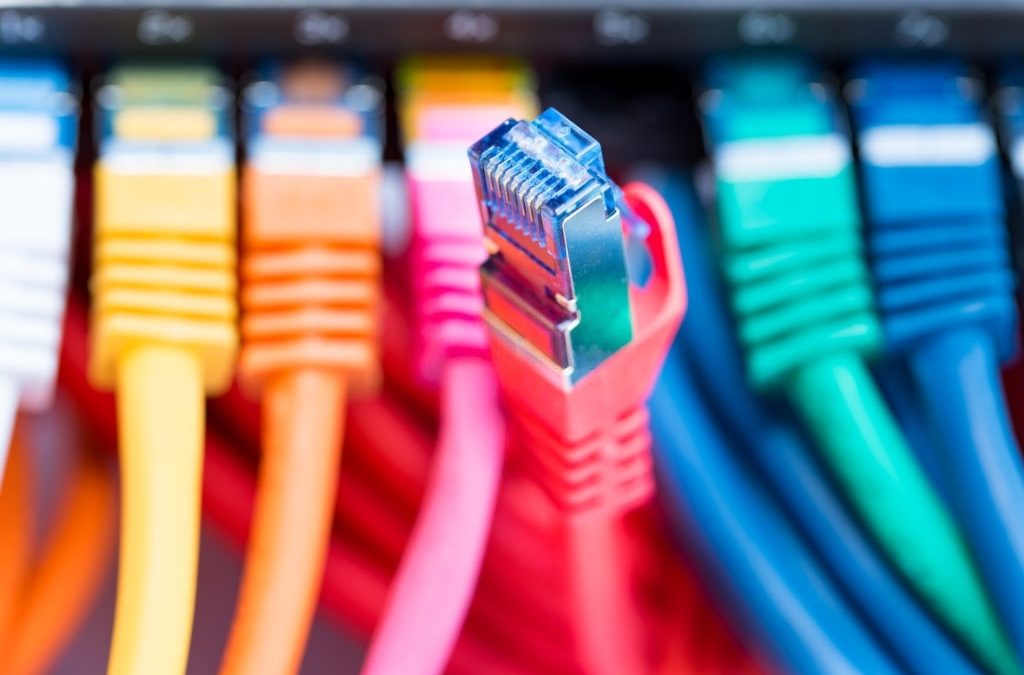
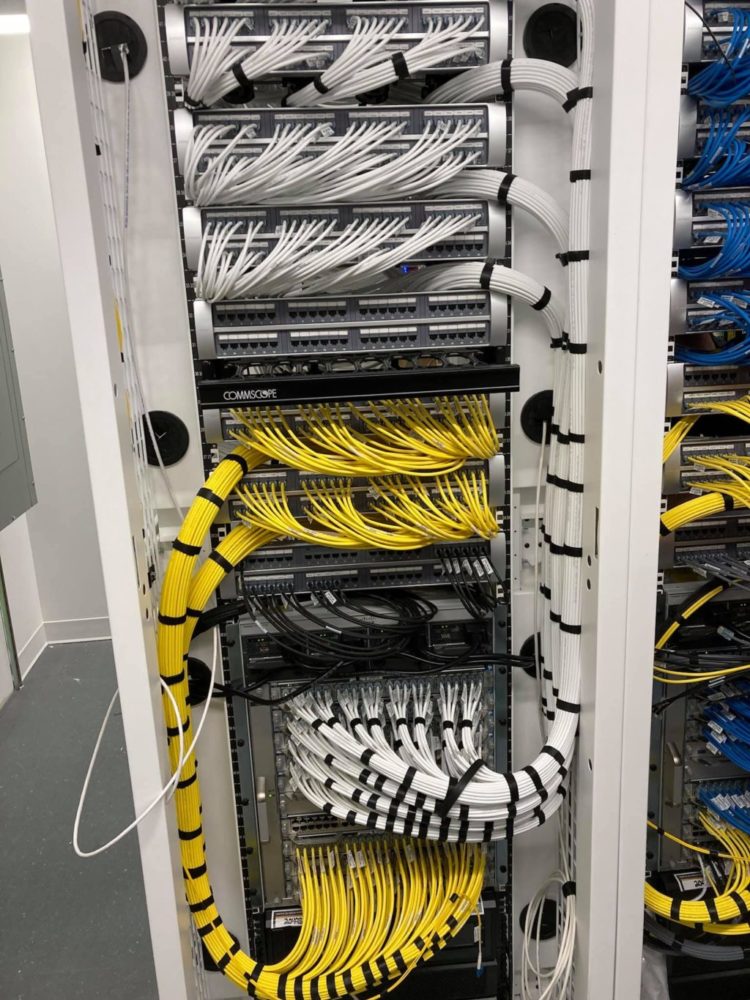
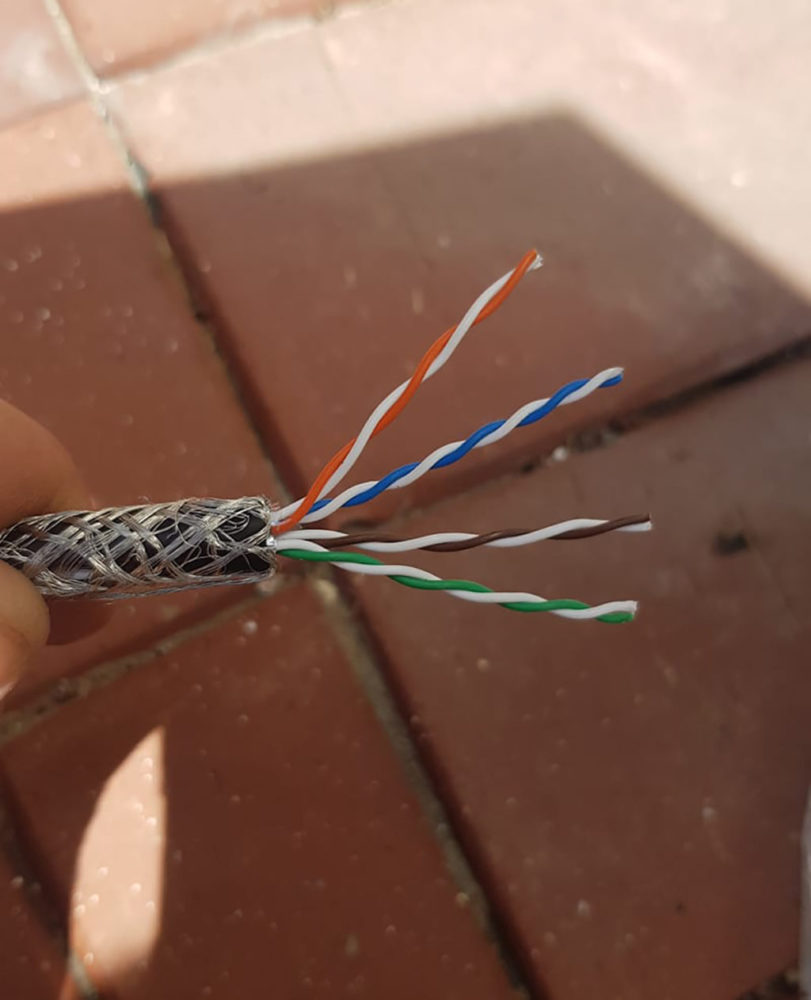
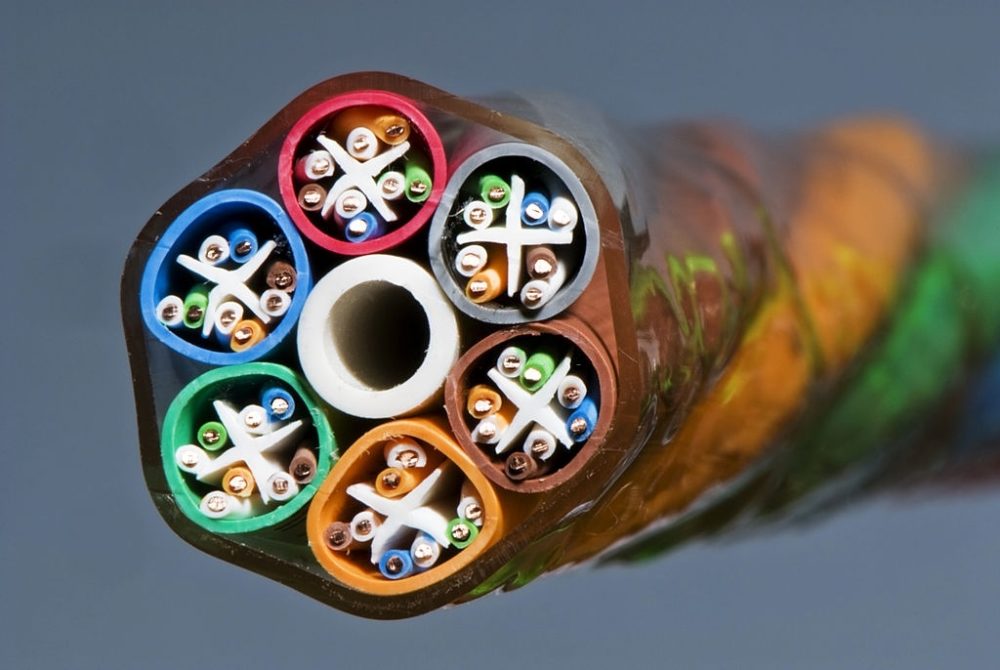
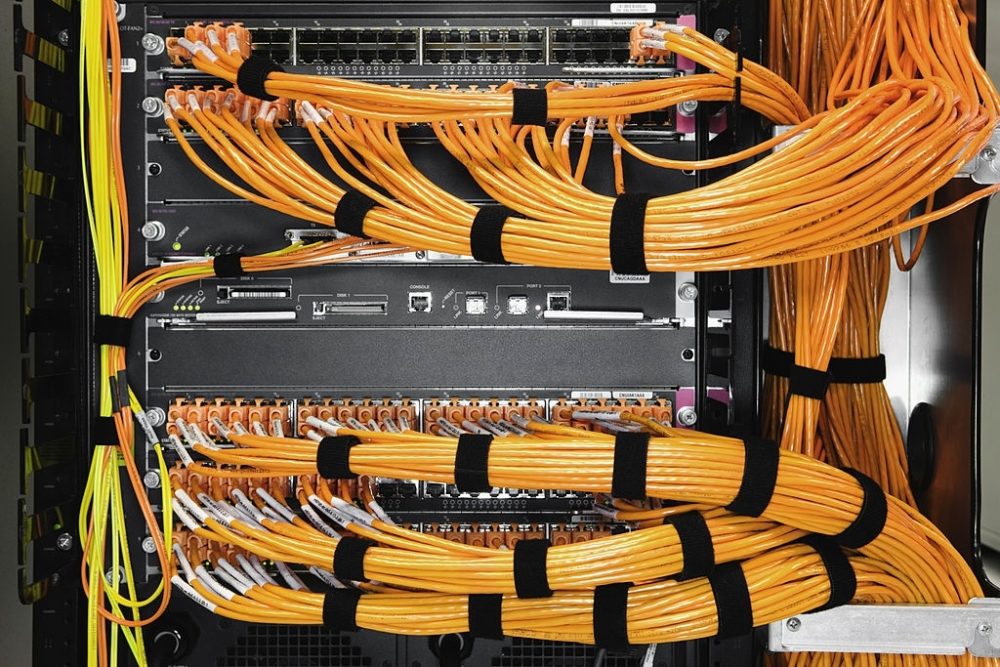
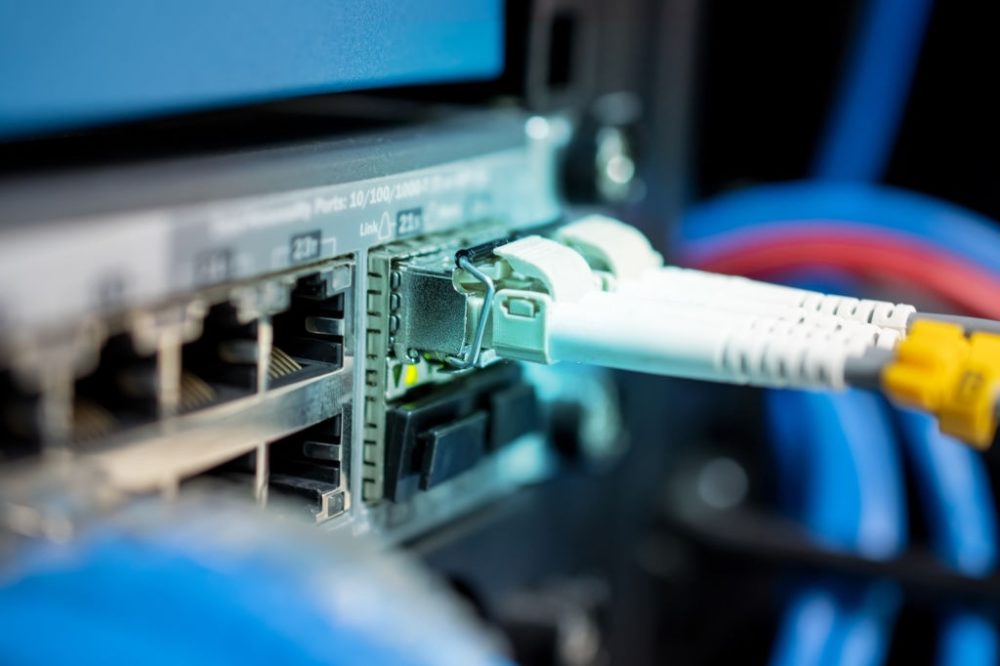
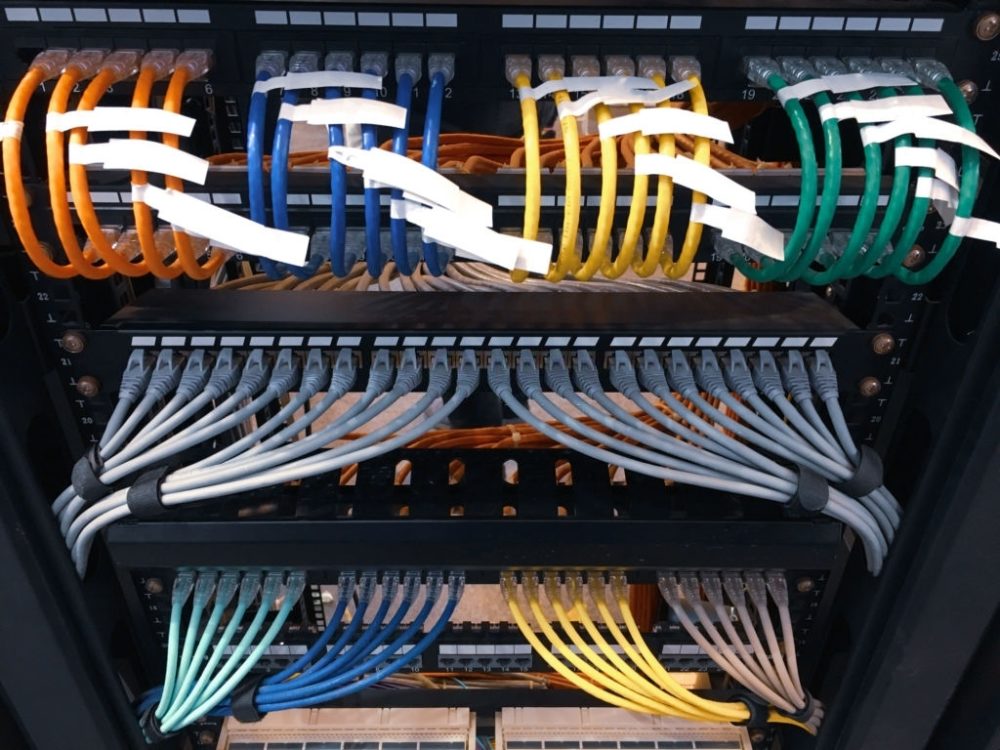
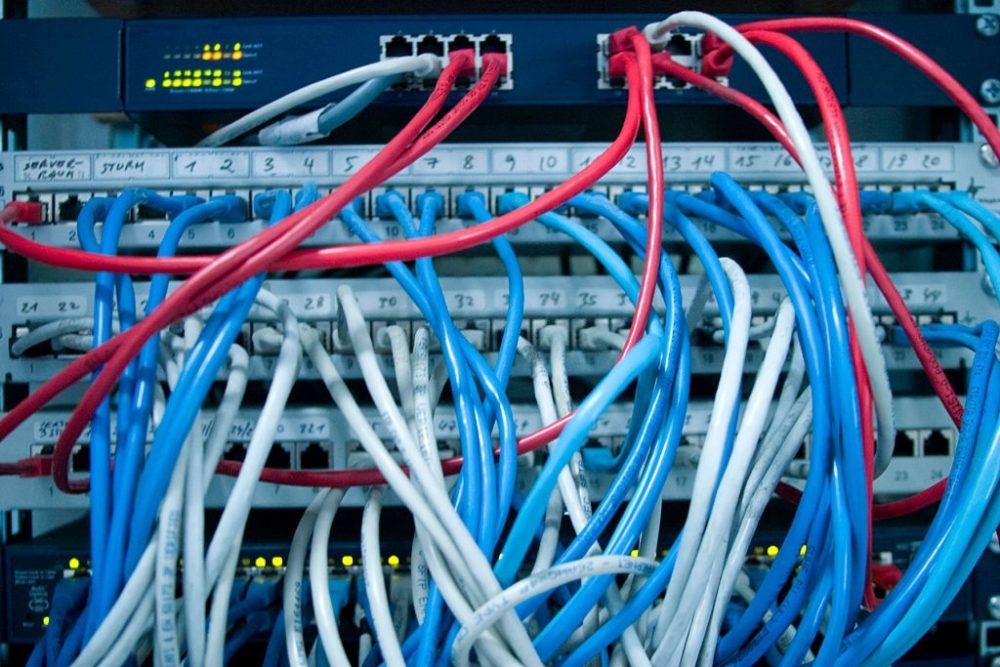

Recent Comments